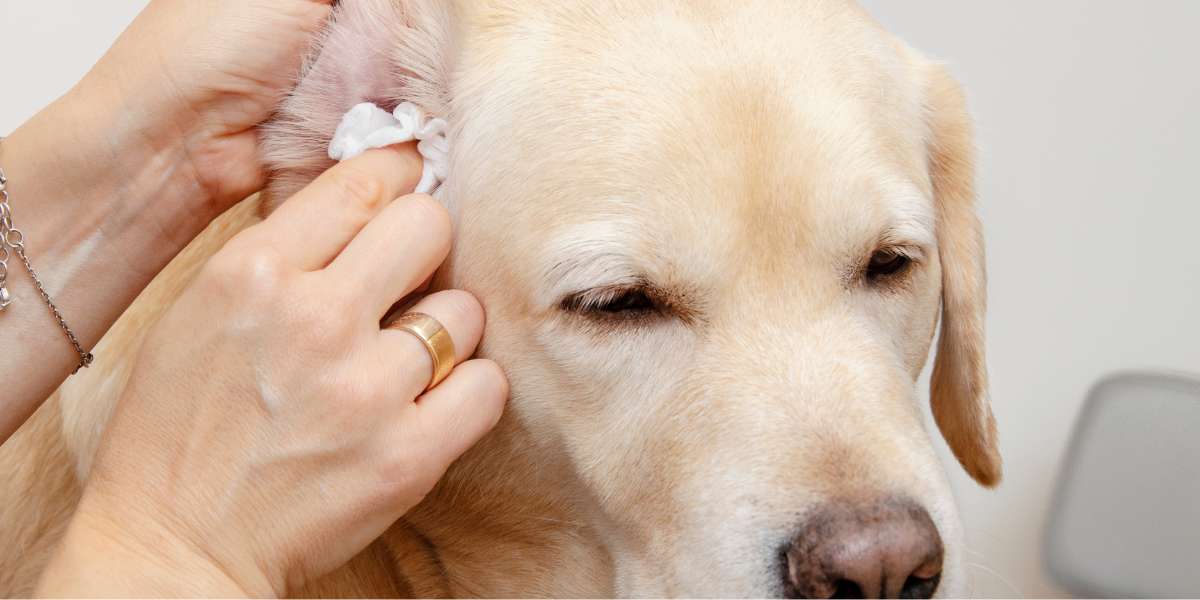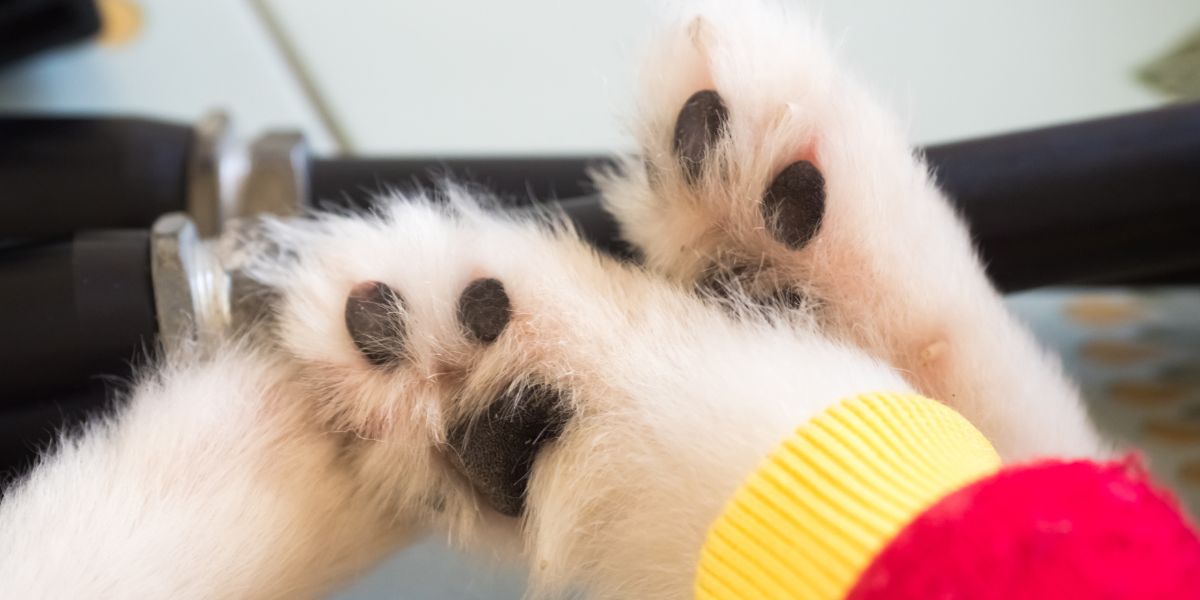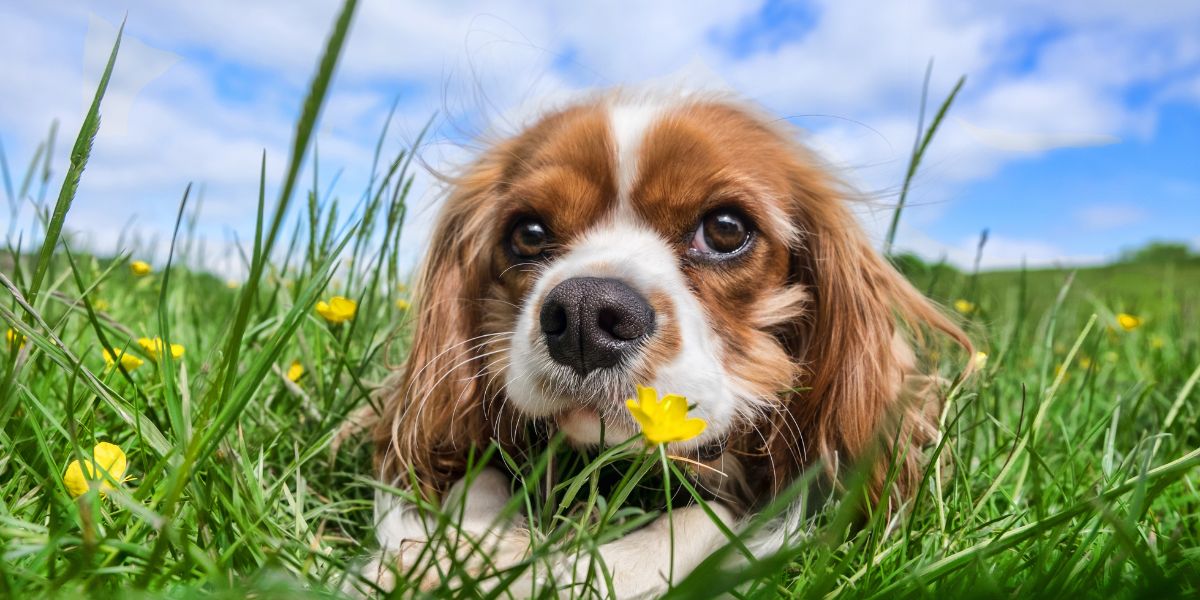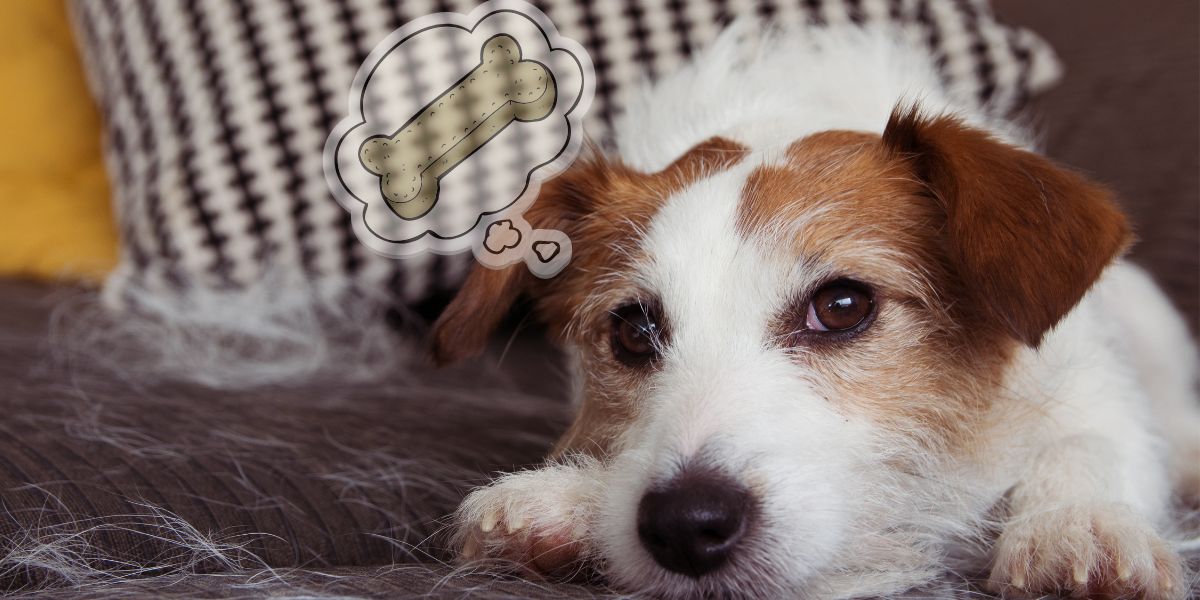Caring for your dog’s ears is an essential aspect of overall grooming and health maintenance. Here’s a comprehensive guide on how to look after your dog’s ears:
Regular Inspection:
Start by getting familiar with your dog’s ears. Regularly inspect them for any signs of redness, swelling, discharge, or a foul odour. Healthy ears should be clean, pale pink, and free from debris.
Cleaning Routine:
- Frequency: Depending on your dog’s breed and susceptibility to ear issues, establish a regular ear-cleaning routine. For some dogs, this may be weekly, while others may require less frequent cleaning.
- Gentle Cleansers: Use a veterinarian-approved ear cleaning solution. Avoid using water, as it can lead to moisture accumulation in the ear canal, potentially causing infections.
Proper Technique for Cleaning:
- Gently Lift the Ear: Lift your dog’s ear flap, making it easier to access the ear canal.
- Light Cleaning: Apply a few drops of cleaning solution to a cotton wool pad. Hold the dog’s head in a comfortable, secure position. Gently wipe the pad around the ear to remove dirt and wax. Wipe with a clean cotton wool pad. (always read cleaning solution instructions)
Drying the Ears:
- Use Cotton Balls or Pads: Gently wipe the visible part of the ear canal with cotton balls or pads. Do not insert anything into the ear canal itself, as this can push debris further in.
- Dry Ears After Baths: If your dog enjoys water activities, ensure their ears are thoroughly dried after baths or swimming to prevent moisture-related ear infections.
Hair Management:
- Trim Excess Hair: Some dogs, especially those with long or floppy ears, may benefit from having excess hair around the ear canal trimmed. Consult your veterinarian or a professional groomer for appropriate trimming.
Monitor for Signs of Ear Infections:
- Red Flags: Watch for signs of ear infections, such as persistent scratching, head shaking, odour, discharge, or sensitivity when touching the ears. If you notice any of these signs, consult your veterinarian promptly.
Professional Check-ups:
- Regular Vet Visits: During routine veterinary check-ups, ask your vet to examine your dog’s ears. They can identify early signs of issues and provide guidance on maintaining ear health.
Ear Protection:
- During Activities: If your dog is frequently in environments where debris can enter their ears (e.g., dense vegetation), consider using ear protection, such as specially designed dog ear covers.
Remember, each dog is unique, and the specific care needed may vary. Always consult with your veterinarian or professional dog groomer for personalised advice based on your dog’s breed, health condition, and individual needs. By incorporating regular ear care into your grooming routine, you can help ensure your dog’s ears stay healthy and free from common issues.








